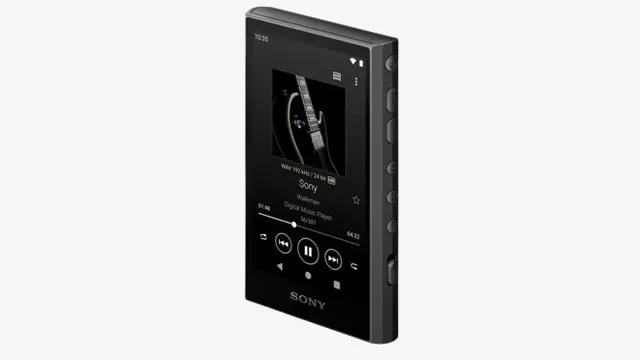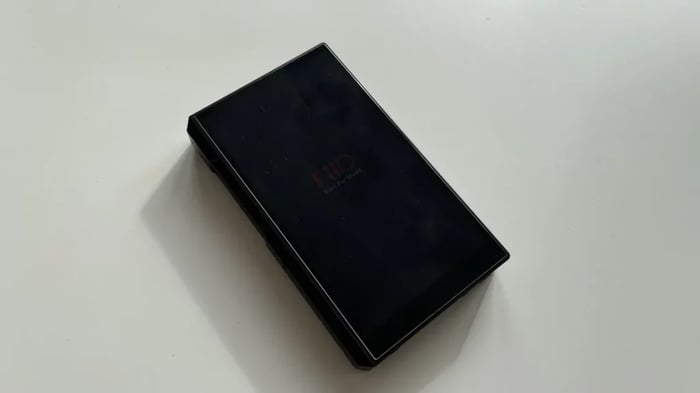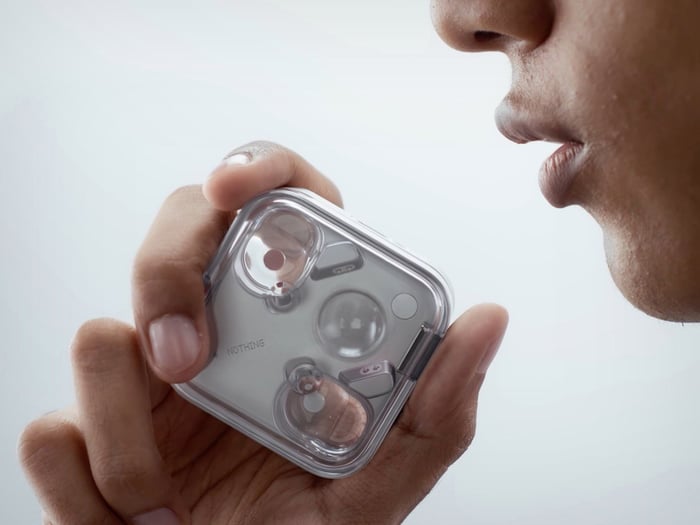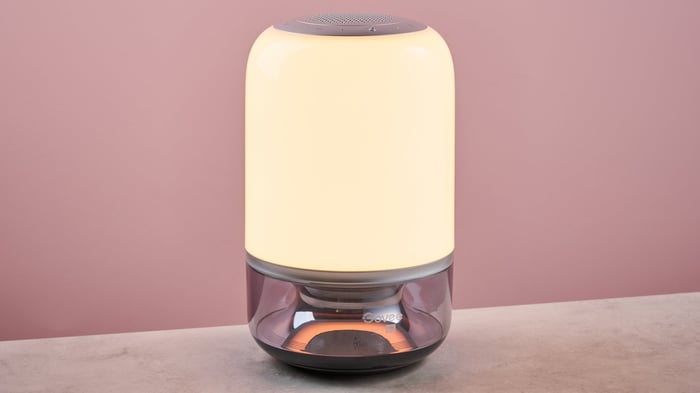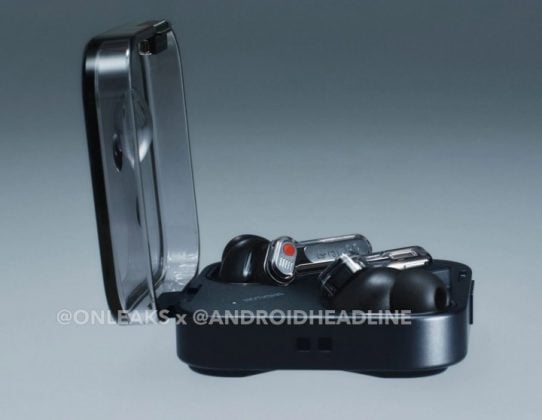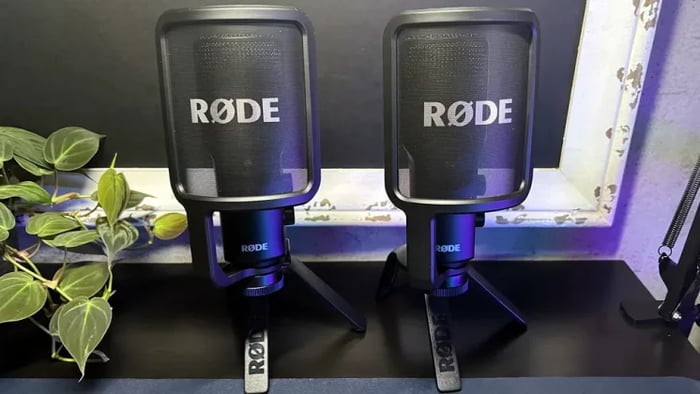
Should You Buy the Rode NT-USB+? A Detailed Review of the Rode NT-USB+ Microphone
Should You Buy the Rode NT-USB+? A Detailed Review of the Rode NT-USB+ Microphone
Explore the Rode NT-USB+ microphone’s features, design, and performance to see if it’s the right upgrade for your studio or streaming setup.
The Rode NT-USB+ Arrives with Fresh Energy
If you've ever used the original Rode NT-USB, you know it was a reliable workhorse — a solid condenser mic delivering excellent sound. But it’s been around since 2014, and technology waits for no one. Enter the Rode NT-USB+, a thoughtful refresh that keeps the sturdy professional design we love but packs a punch with some impressive internal upgrades. It now sports Rode’s Revolution preamp tech, an internal digital signal processor (DSP), and — finally! — a modern USB-C port for connecting to your devices.
This mic also comes with a removable pop filter and a desktop tripod stand, complete with a headphone jack for zero-latency direct monitoring. The Rode NT-USB+ ranks high among USB mics we’ve heard, making a strong case as one of the best gaming microphones around.
Design That Feels Like Home, with Subtle New Twists
The NT-USB+ looks strikingly similar to its predecessor. It’s housed in a durable matte black metal body with a neat Rode logo printed in soft silver on the front. Look closely through the black grille, and you’ll spot the internal pop filter now sporting a distinctive blue mesh — a subtle but stylish upgrade that sets it apart visually.
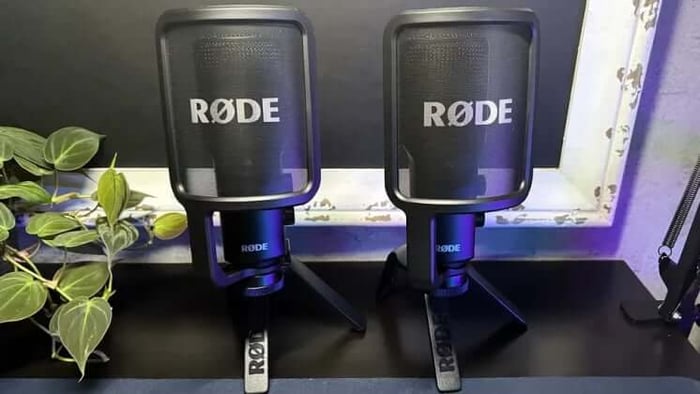
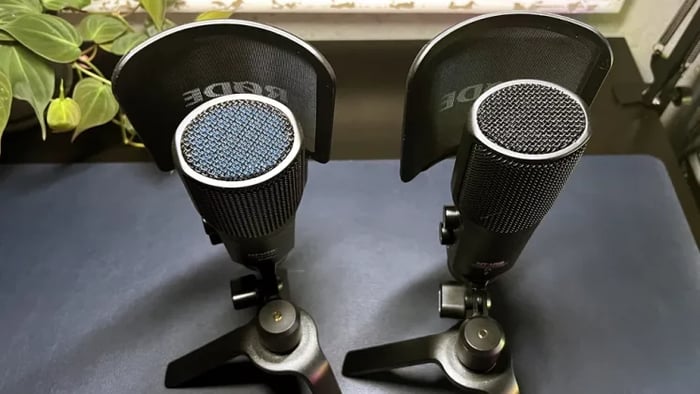
On the right side, you’ll find a 3.5mm headphone output for high-powered monitoring without any lag — an absolute must for real-time audio check-ins.
Two knobs sit nearby: one blends between direct mic signal and your PC playback, while the other controls headphone volume. Simple, effective, and right where you need them.
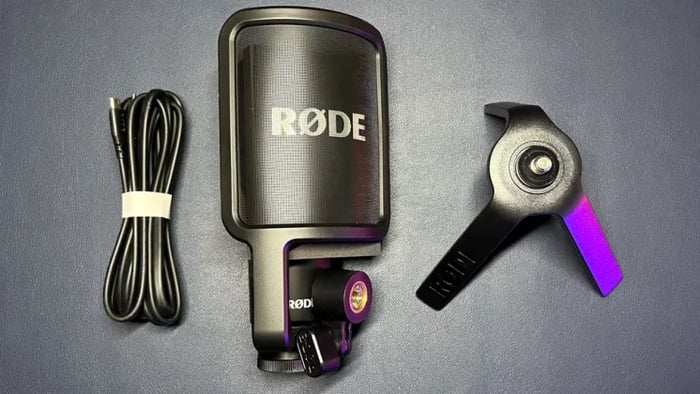
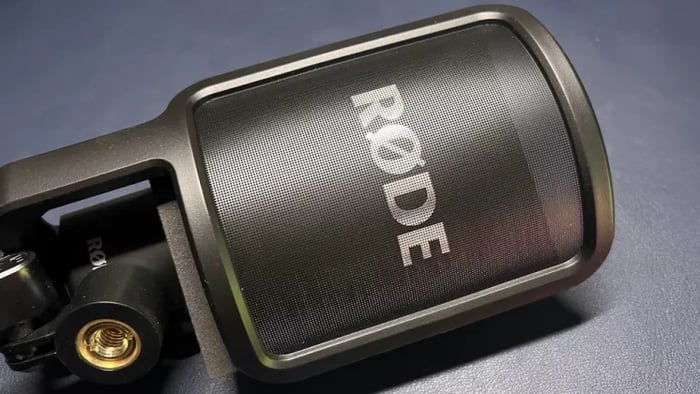
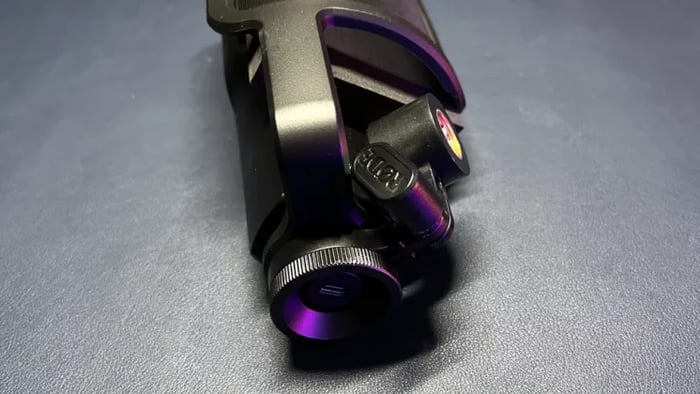
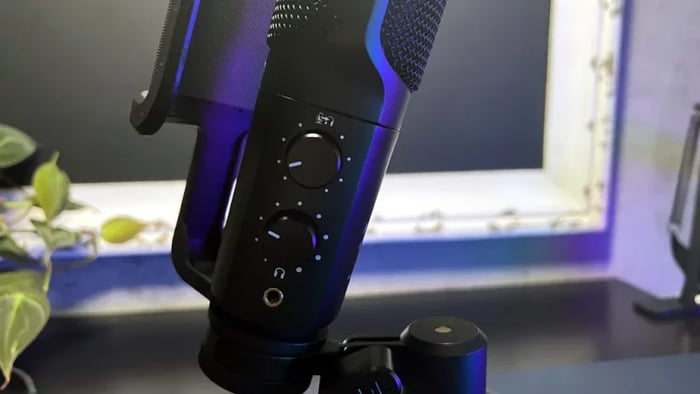
The NT-USB+ connects with a 9.8-foot (3-meter) USB-C to USB-C cable — a modern upgrade over the older USB-B connection. The included pop filter is a rounded metal screen with a plastic frame that mounts roughly one inch (2.5 cm) in front of the mic, helping tame those pesky plosives.
The included tripod stand is plastic — fairly sturdy but lightweight. It might tip over if you’re not careful, but with some balance, it holds the mic solidly. That said, it doesn’t do a spectacular job dampening desk vibrations compared to heavier stands. Thankfully, the mic also features a removable ring mount that lets you snap it onto a boom arm or other stand, which is a great option if you’re serious about sound isolation.
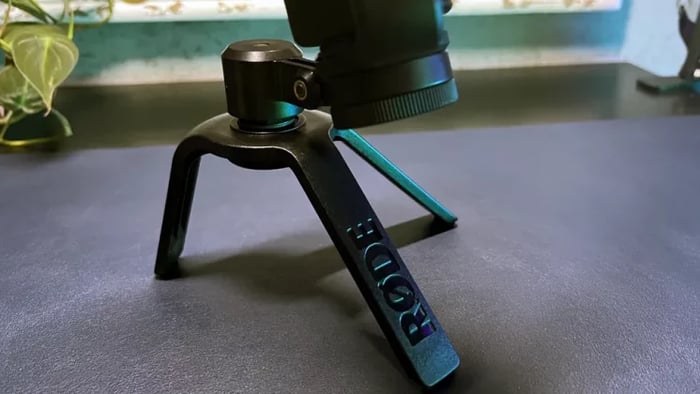
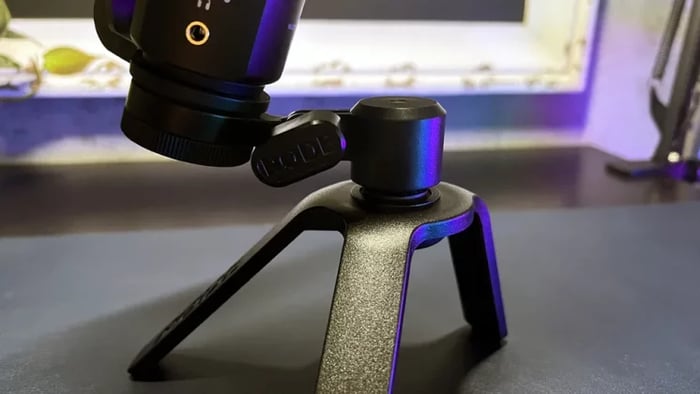
Rode NT-USB+ Specs at a Glance
| Specification | Details |
| Capsule Type | Condenser |
| Frequency Response | 20 Hz – 20,000 Hz |
| Polar Pattern | Cardioid |
| Orientation | Side-address |
| Sample Rate | 48 kHz |
| Bit Depth | 24-bit |
| Adjustable Gain | No |
| Connection | USB-C |
| Cable Included | USB-C to USB-C (3 m) |
| Software | Rode Connect |
| Dimensions (HxWxD) | 184 x 62 x 50 mm |
| Weight | 540 g (without accessories) |
| MSRP | Approx. $230 USD |
Performance That Packs a Punch
What really sets the Rode NT-USB+ apart is its blend of straightforward usability and high-quality audio capture. The mic’s side-address design and cardioid pattern mean it picks up sound primarily from the front, minimizing background noise — ideal for streaming, podcasting, or home recording.
Compared to the original NT-USB, the + model steps things up with 24-bit audio at 48 kHz, delivering more detail and clarity than the previous 16-bit depth. The addition of Rode’s Revolution Preamp technology is a game-changer — it offers ultra-low noise and a high gain stage, capturing cleaner, clearer sound without the usual hiss or fuzz.
"The Revolution Preamp allows the NT-USB+ to capture louder, clearer sounds with less noise, and the difference is definitely noticeable."
That said, one small gripe from longtime NT-USB users was its high gain level, which sometimes caused distortion or clipping when recording louder sources, like guitars or drums. The NT-USB+ handles these scenarios better but still isn’t perfect. A hardware gain control could have smoothed this out, but it’s missing here. So if you need to record loud instruments often, this mic might not be your best fit.
Built-In Features and Software Integration
The Rode NT-USB+ works mostly in plug-and-play mode, but it smartly packs an internal DSP that enhances sound processing. You can unlock these effects through Rode’s suite of apps, including Rode Central, Rode Connect (free software for podcasting and streaming), and the new Rode X Unify.
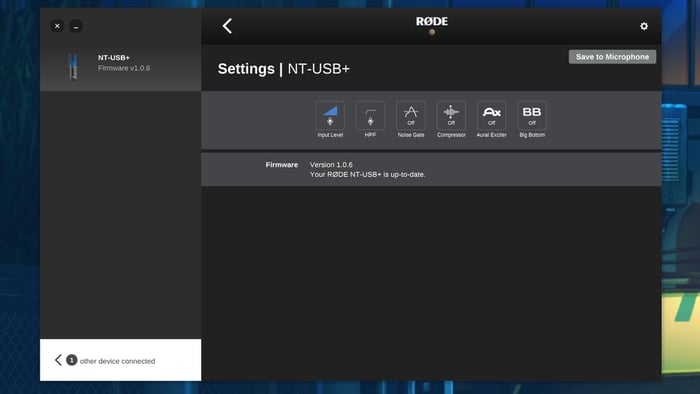
Currently, the onboard DSP lets you access a compressor, noise gate, high-pass filter, and Aphex enhancements — a classic “exciter” and “big bottom” boost. However, these features are fixed presets; you can’t tweak parameters like you can with Rode’s newer X-series mics.
The Final Takeaway
The Rode NT-USB+ is a solid, thoughtful update to a beloved classic. It brings modern connectivity with USB-C, an advanced internal DSP, and that impressive Revolution preamp tech — a welcome upgrade for any content creator wanting crystal-clear sound without fuss.
If you want a mic that sounds fantastic for vocals, streaming, or podcasting, you’ll be very happy here. Just keep in mind, it struggles a touch with very loud sound sources, and while its 24-bit/48 kHz audio is studio-quality, it doesn’t push into the ultra-high-res territory.
If you’re looking for a microphone to handle both streaming and high-resolution music recording, exploring other high-res options like the Beyerdynamic Fox Studio might be worthwhile.
FAQ
- What type of microphone capsule does the Rode NT-USB+ use?
It uses a condenser capsule designed to capture detailed and clear sound. - Does the Rode NT-USB+ support zero-latency monitoring?
Yes, it includes a headphone jack for direct, no-delay monitoring. - Can you adjust the gain on the Rode NT-USB+?
No, the mic does not have a physical gain control knob. - What software works with the Rode NT-USB+ for enhanced audio features?
Rode Central, Rode Connect, and Rode X Unify offer DSP features like compression and noise gating. - Is the Rode NT-USB+ suitable for recording loud instruments?
It handles louder sources better than the original NT-USB but might still clip without gain control adjustments.
If you're feeling inspired by the Rode NT-USB+ and want to bring that pro audio vibe into your space, why not shop for your favorite album cover poster at our store? Surround yourself with the sounds and art that fuel your passion.
 | DISCOUNTGET 30% OFF*Use code on your next order:
|
* This post may contain affiliate links, meaning we earn a commission if you make a purchase through these links, at no additional cost to you.




